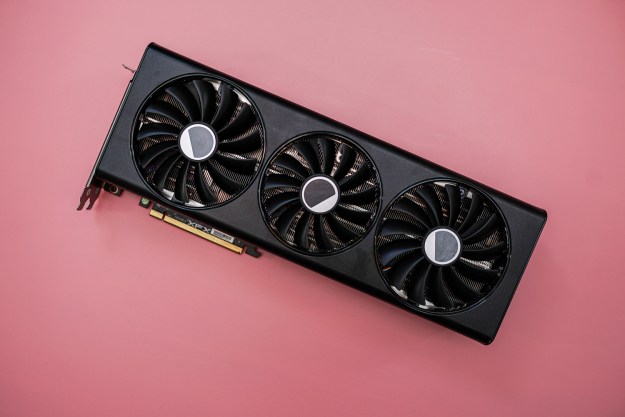Since it was invented 200 years ago, braille has been helping people with visual impairments by providing a tactile writing system they can read with their fingers. Now, braille may receive a distinctly 21st century upgrade if researchers at Germany’s Bayreuth University get their way.
Investigators at the university have been working to develop a special speaker system that emits ultrasound waves with the purpose of letting people read braille in midair. It does this by using acoustic force to stand in for the usual tactile embossed braille writing.
“With HaptiRead, we investigate for the first time, in a user study with blind people, the possibility of using midair haptic technology for the purpose of presenting braille text as a touchless haptic sensation,” Viktorija Paneva, one of the researchers on the project, told Digital Trends. “Midair haptic devices consist of an array of phased ultrasonic speakers. By modulating the focused ultrasonic waves, it is possible to generate perceivable haptic points in midair. The sensation is usually described by users as a focused, gentle air breeze.”
The idea of being able to incorporate braille displays into a variety of places where they wouldn’t currently be possible would be pretty exciting at any time. But the idea of creating a hygienic (since users aren’t actually touching a surface), refreshable braille display is particularly promising in the midst of the coronavirus pandemic, with everyone worried about touching public surfaces touched by hundreds of other people every day.

This technology — which is made up of a 16 x 16 grid of tiny ultrasound speakers — can be used to detect the hand of the user up to a distance of 70 centimeters. It can then render the braille text directly onto their palm in a way that is only perceptible to the immediate user.
“Since HaptiRead provides the possibility of reading braille through touchless interactions, it definitely represents a novel solution for reading information in public spaces such as elevators, cash machines, city maps, information booths, [and similar],” Sofia Seinfeld, another researcher on the project, told Digital Trends. “Additionally, sighted users might also benefit from it in applications involving a combination of visual and haptic feedback — for instance, imagine pressing buttons in midair or combining ultrasonic feedback with immersive virtual reality technologies in order to provide richer multisensory experiences to the user.”
A paper describing the work and subsequent user study, titled “HaptiRead: Reading Braille as Mid-Air Haptic Information,” is available to read online.
Editors' Recommendations
- Gene therapy helps people with monochrome vision to see in color
- Clever new haptic vest could let rescue dogs take commands from miles away



